China’s Solar Installations Hit Record Low as Demand Softens
China’s domestic solar module installations plunged to a record low in August as rising prices and policy shifts have prompted developers to reassess project viability amid weakening demand, according to industry sources and OPIS data.
The sharp decline follows the rollout of Policy 136, which mandates that renewable energy projects participate in the electricity spot market, moving away from the previously more stable feed-in-tariff system.
“The shift to market-based pricing for electricity is a blow to commercial and industrial solar investments. Developers are now holding back until they can properly evaluate project returns,” an industry source told OPIS.
Market sources also noted that spot market electricity prices have not been favorable for solar. One analyst highlighted the average August solar bidding price in Shandong province at 0.225 yuan ($0.032)/kWh, which is 29% lower than wind and 43% lower than local coal benchmark electricity prices, thus putting solar at a disadvantage.
Monthly Installations Fall Sharply
China added only 7.36 gigawatts of new solar photovoltaic capacity in August, marking the lowest monthly total in 2025 so far and the fourth consecutive decline, driven by weak second-half demand, according to the latest data released by the National Energy Administration.
Module installations for June and July reached 14.35 GW and 11.04 GW, down 38% and 48%, respectively, compared to the previous year. Trade analysts warned that installations in the second half may average only 10-15 GW per month, well below last year’s pace.
Further compounding developers’ investment hesitation is the recent uptick in module prices. EXW China TOPCon modules were assessed at 0.696 yuan/wp, up 6.6% since early June, while FOB China climbed 7.3% over the same period, according to OPIS data.
Market participants said that higher module prices could compress project returns, leading to delayed investment decisions. At the same time, softer domestic installations may lead to rising inventories, placing downward pressure on prices in the longer term.
“That’s why module prices are capped for now. Surplus inventory is building up as installations fall short of expectations,” a tier-1 module producer said.
Front-Loaded Demand Amid Policy Shifts
Despite the dip in August, installations in the first eight months of the year surged to 230.61 GW, almost 65% higher compared to the same period in 2024. The growth was front-loaded as developers rushed to connect projects ahead of two policy changes.
The 531 policy, effective June 1, ended guaranteed feed-in tariffs for new renewable projects, requiring them to sell electricity directly via the spot market. Meanwhile, the 430 policy, effective May 1, required newly installed distributed PV projects to prioritize self-consumption, allowing only excess power to be fed into the grid. Projects connected before April 30 retained full grid access rights.
These policy changes led to record solar installations in early 2025, with May alone adding 92.9 GW, nearly five times the level in May 2024 and the highest monthly capacity addition in 2025. April contributed 45.22 GW, more than three times the level of last year.
“Last year, installation activity peaked at the end of the year. This year, the rush came in the first half due to the new policy deadlines,” a manufacturer source said.
–Reporting by Brian Ng, bng@opisnet.com; Editing by Mei-Hwen Wong, mwong@opisnet.com
